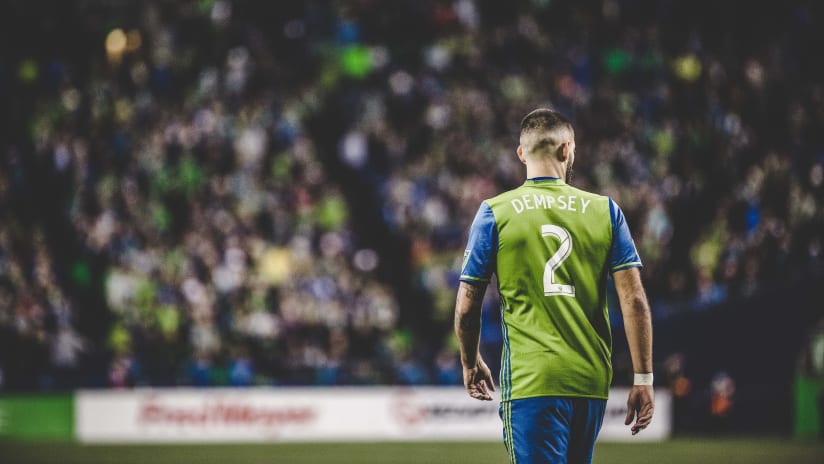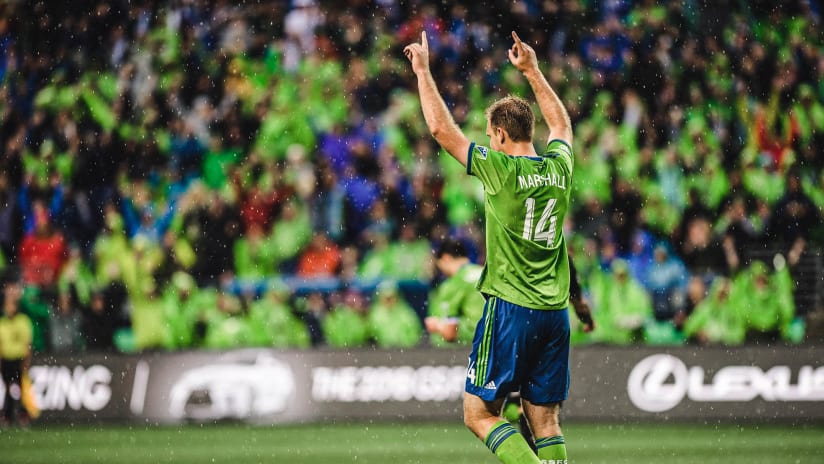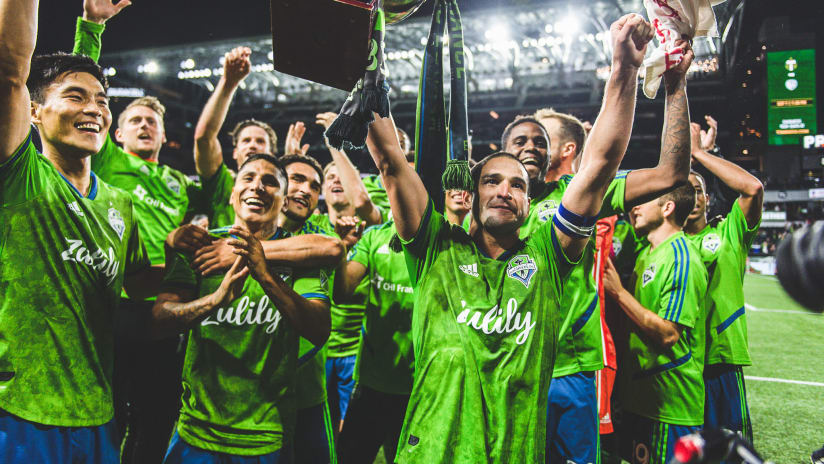There was a corner kick, and a wayward handball, and in a flash of lightning the U.S. men’s national team was on the brink, staring into the Copa America abyss.
If there ever was a margin for error, there certainly isn’t one now.
Of course the U.S. opened its sojourn at the Copa America Centenario last Friday with a sullen 2-0 loss to Colombia. That sunk the Americans to the bottom of Group A, and the minus-2 goal differential paints the remaining two games against Costa Rica and Paraguay in a desperate light. The U.S. cannot afford to drop any more points, although the situation was made considerably less dire by a dour goalless draw in the Costa Rica-Paraguay match the next day.
The U.S. next plays Costa Rica in Chicago on Tuesday (5 p.m. PT; FS1). Since the 2014 World Cup cycle, the Costa Ricans have comfortably ascended to the best-of-the-rest perch in CONCACAF behind Mexico and the United States. A quarterfinal finish in Brazil in 2014 helped cement that position, and the U.S. knows it has a resolute defensive side with a few razor-sharp attackers on its hands this week.
If you look at history, the news is not particularly cheery for the U.S. They have only advanced in a tournament once after losing their first group game, and that came in the miraculous 2009 Confederations Cup in which the U.S. finished second. That isn’t a mitigating factor here, but it does communicate the difficulty of the task at hand.
After the Colombia loss, U.S. coach Jurgen Klinsmann was adamant that his side largely played well. He even went so far as to say the game was “absolutely even” aside from Colombia’s goals off a corner kick and a deserved penalty kick drawn off a DeAndre Yedlin handball.
While that’s a debatable and somewhat controversial claim - goals make games inherently uneven - the Americans did have their moments. And most of the dangerous ones came from Clint Dempsey.
As expected, Dempsey started as the center forward in Klinsmann’s 4-3-3. In the run of play, the formation only worked in fits and starts. All three attackers - Bobby Wood, Dempsey and Gyasi Zardes from left to right - were out of position. Wood and Zardes were too disconnected, while Dempsey was often stranded and forced to pull back for service. Any Sounders fan could’ve predicted the result.
But Dempsey still managed to generate chances. In the 37th, without options, Dempsey manufactured a shot that flashed just wide. He had a header off a corner kick - arguably his most dangerous utility for the Sounders this year - in the 60th minute that was cleared off the line by Sebastian Perez at the last moment. And finally, he curled one of his patented free kicks around the Colombian wall late on to force a sprawling save from David Ospina.
To the extent that Dempsey tested Ospina - something few Americans could claim - Klinsmann’s decision to start Dempsey was justified to an extent. But as expected, Dempsey’s deployment shoehorned him into a role that stripped out his best usage.
At his best at this stage in his career, Dempsey is a combiner. He looks for one-twos to let the ball do the work his legs perhaps cannot. And that’s smart. But with Alejandro Bedoya and Jermaine Jones both somewhat withdrawn in the central midfield and Wood and Zardes staying wide, Dempsey was routinely left all alone to deal with two center backs. And if there is anything Dempsey patently is not, it’s a standalone target striker.
What Klinsmann does with Dempsey against Costa Rica is unclear, but he needs to stoke the attack. It does seem as though Klinsmann is wedded to the idea of starting Dempsey. Both Klinsmann and teammates praised Dempsey’s grit in the game’s aftermath, with Dempsey sporting a black eye after his 125th career cap.
"Clint was a warrior out there," Klinsmann said. "He gave everything he had. He was really fighting and fighting positively."
In that framework, it’s possible but unlikely Klinsmann benches his veteran leader of multiple World Cups. So figuring out a solid solution with Dempsey involved will become paramount before Tuesday’s match. And if Klinsmann wants Dempsey on the field, this is most likely his best option.

You’ll recognize this as a 4-4-2 diamond, and it’s almost certainly the most coherent option with Dempsey on the field. He absolutely needs a strike partner to stay involved in the run of play over 90 minutes, and playing off Wood’s back shoulder with Darlington Nagbe pushing possession behind him is a good recipe to rope him into the action. It isn’t necessarily the formation I’d use, but if you’re dead-set on Dempsey, you can’t get any better.
Costa Rica is essentially a more defensive Colombia. Both teams have panache up top, and both are lightning quick on the edges, but Costa Rica drops in more defenders and doesn’t control play as well. That’ll be an especially good sign for the U.S., which faces a Costa Rica team without a suspended Kendall Waston after earning 53 percent of the possession against Colombia.
The scoreless draw between Costa Rica and Paraguay opened up a significantly more palatable path to the knockout stage for the U.S. If Colombia takes care of Paraguay in the group’s other second match, even a draw against Costa Rica would leave plenty of wiggle room for the Americans’ final meeting against Paraguay.
That said, a win would go a long way toward clearing a path to a knockout round the U.S. desperately needs to reach.





